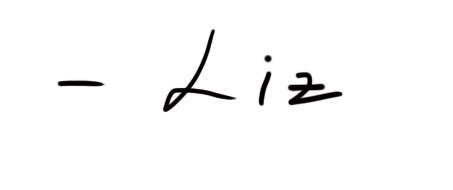The Pity of War
January 02, 2017
A generation that had gone to school on a horse-drawn streetcar stood under the open sky, after WWI, in a countryside in which nothing remained unchanged but the clouds, and beneath these clouds, in a field of forces of destructive torrents and explosions, was the tiny, fragile human life.
—Walter Benjamin

L’Hirondelle, 2015
Oil on canvas, 72 x 72″
Through a chance encounter with a haunting image of a WW1 German soldier, I realized I had a special connection to The Great War, the war that many at the time thought would end war. In 1912, my 22-year-old grandfather had come to the US from Germany to pursue his professional work in chemistry.

German Soldat 2014
Oil on panel, 8 x 10
When war broke out in Europe in 1914, he was able to remain in the US rather than return to Germany to serve in the Kaiser’s army. In 1917, when the US officially entered the war, President Wilson declared all Germans citizens “alien enemies.” As such, my grandfather was required to register himself and his property with the government. Though my grandfather was never interned, he had many vivid stories of anti-German sentiment.

American Buffalo Soldier, 2016
Oil on canvas, 8 x 10″
In some measure then I owe my existence to this accident of fate. As a result, I felt emotionally connected to the over 16 million people world-altering conflagration.

Pity of War Line Up, (Study), 2015
Oil on paper, 30 x 20″
I began “The Pity of War” in 2014 as a four-year undertaking to coincide with the centennial of the War. Searching through the vast photographic archive, I found French poilus, Russian infantrywomen, German Leutnants, British munitions workers, American doughboys, Algerians and Kenyans—people thrown together in an apocalypse that violated all notions of what it meant to be a human being.

T.E. Lawrence Sees the Future (from a Damascus Balcony), 2015
Graphite on paper, 7 x 9″
As I paint these portraits, each individual becomes vital and familiar. The invisible line that stretches from me to them, from our time to theirs, quivers with connections, perceptions, and emotions. We stand face to face and engage in a rich dialog about violence, war and destruction and about dignity, wisdom and compassion.
The project title comes from the English poet Wilfred Owen, who whose own poetry unflinchingly describes the horrors he experienced as a soldier in the trenches of WW1: “My subject is War and the Pity of War. The poetry is in the pity.” Owen died in the final week of the war.
Beyond This Post
The Pity of War Portfolio
“The world today looks ominously like it did before World War I”—Washington Post
Grand Illusions: American Art and the First World War
Save
Save

Related
Comments are closed.

